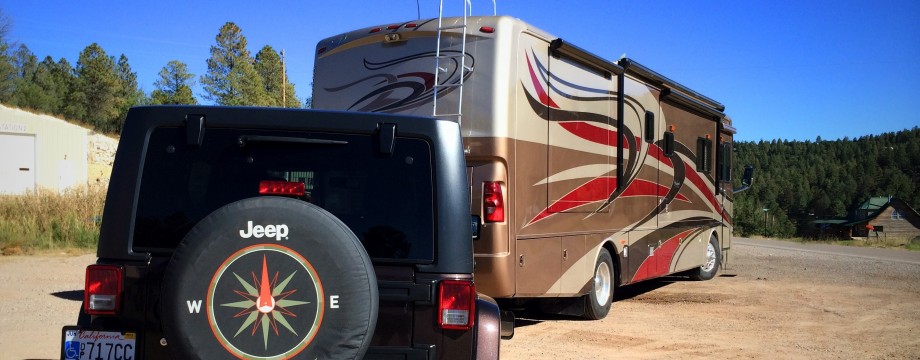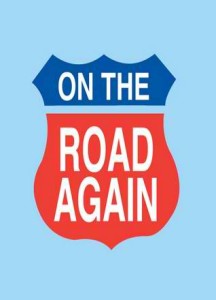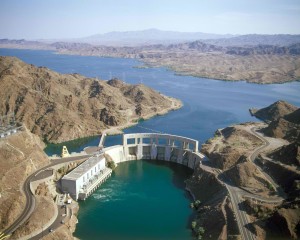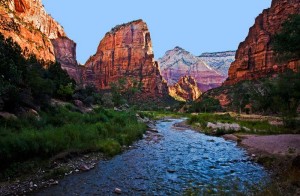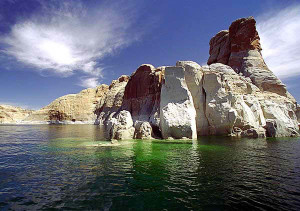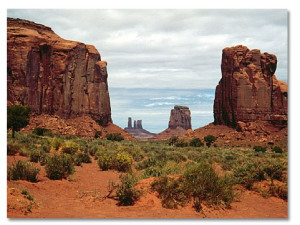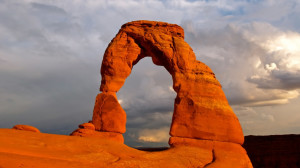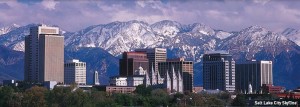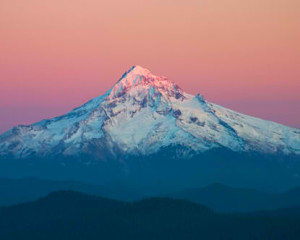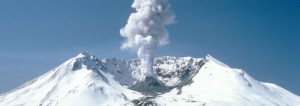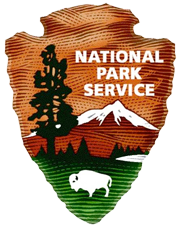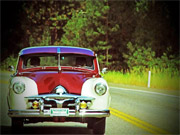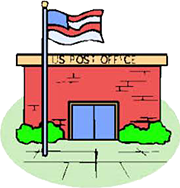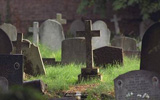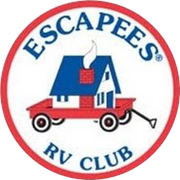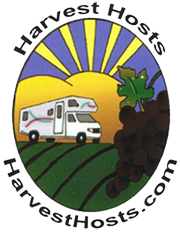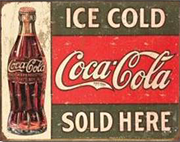March 10, 2014
“On the road again – Goin’ places that I’ve never been. Seein’ things that I may never see again, and I can’t wait to get on the road again.”
-Willie Nelson
I love blogging! I like to write…after being a “word merchant” as an attorney for so many years I can’t get it out of my system…don’t want to, either. On my own, I’m learning lots about building this website. And, I’ve been working with a professional web-designer so I can constantly improve and upgrade it. For years, I kept a journal-type log in a 3 ring binder about our RV camping trips. I titled it Motor-home Meandering. It was a good way to record our camping adventures but nothing compared to this blog, and of course nobody but me ever even saw it. I still enjoy looking at it to re-trace our motorhome travel history, but this blogging is much more fun, and it’s a great way to share our experiences on the road with others.
It’s a cold rainy night here at Sweetwater Park and I’m up well after midnight just enjoying the solitude and sound of the rain on the roof. I love that sound. At home in Deerhorn Valley, I had one of the guys who worked for us attach a piece of sheet metal to the lattice “roof” over one of our patios so I could really hear the rain. I know…crazy!

Willie’s Place Truck-stop in Hillsboro, Texas. It’s closed now. Darn…I’d have gone to see it on our Adventure.
I’ve been fighting a cold and napping lots during the day and I can’t yet fall asleep. So, I decided to write a bit about where we’re going in the near future. [Aside: It’s approaching 2 am and I just got an email from a firefighter I met while camping at Coronado’s Silver Stand about a year ago! I swear you meet tons of really neat people…”Interesting Americans” as I call them, while on the road in your RV!]
We’re leaving Sweetwater Summit and putting together a travel plan for the next leg of our Adventure. Our plans have changed a bit, since our friends Stan and Therese are going to caravan and camp with us for about a month, before they head to Cavitt Creek Falls in Oregon to set up shop as camp hosts there. (We’ll join them about a month after they arrive…in time to watch the salmon “jump the falls”…really! But before that stop, here’s whats shaping up.)
1. COLORADO RIVER AGAIN: I really had wanted to get started going to some more “exotic places” than we’ve visited so far, but the weather is just too cold to do much of anything but stay in this general area for about another month. So, our first stop will probably be at Emerald Cove, in Parker, Arizona. Many of the sites are right on the river and I’m going to do my best to get one of those spots. The resort has it’s own white sand beach and as far as I’m concerned that’s where I want to be when I start reading my next book. I can rent a jet ski there and even though it won’t be quite the same as riding my own, I’m sure it’ll be fun. There are lots of wild burros wandering about the Parker area and you frequently encounter them right alongside the road. A couple of years ago one stuck his head right into our car…about as close to Florence in the passenger as you can imagine, just to look around. I’d brought some apples so I’d be prepared if necessary and of course the apples were a big hit! Fun. Anyhow, Emerald Cove has two indoor swimming pools, a clubhouse, a country store and all the other resort amenities. I think the weather will be good and I’m sure we’ll have fun there. We’re planning about two weeks in this area.
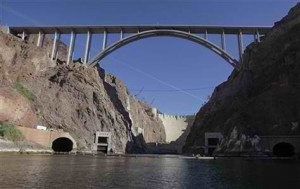
The bridge over Hoover Dam at Lake Mead, open to vehicle traffic. There is absolutely no way I would ever drive over this bridge. If during our Great American Adventure I ever encounter a bridge like this, I’m doing a U turn and getting out of the area as fast as I can!
2. LAKE MEADE: It’s just a hop, skip and a jump from Parker to Lake Meade and we’re looking at Boulder Beach, Echo Bay and Temple Bar as places to stay. These spots are BLM land, so the price is right at about $12 bucks a night and the lake is of course a real treasure. It’s the largest reservoir in the United States After spending another couple of weeks in this area, Stan and Therese will head to Oregon in order to get some training from the National Park Service and then they’ll open Cavitt Creek Falls National Recreation Area for the season. Before we go to visit them, we’ll give them time to “get the kinks out,” find the best fishing holes and such.
3. ZION NATIONAL PARK: Our next stop will be Zion, which I’ve for years heard is an absolute “must-see” and one of the most spectacular places in the national park system, along with Bryce and Glen Canyon. We’ll probably be staying at a park in Hurricane, Utah. As we travel through this area, our rig will be to large for us to stay in many of the parks, so we’ll probably have to camp “outside” the “main attractions.” That’s ok…we’ve got the Jeep and we knew when we bought our coach that we’d encounter this “problem” sometimes along the way. We made a considered decision to “go large” anyway, thinking that on balance the extra room in the coach would outweigh the inconvenience on occasion of being to big!
4. BRYCE CANYON NATIONAL PARK: We’re going to stay at Kodachrome Basin State Park. It’s dubbed as Utah’s finest state park and the pictures I’ve seen bear out the designation. It covers more than 4,000 acres and has unique geological formations, caves and arches. Kodachrome Basin is a spectacle of massive sandstone chimneys, ever changing from gray and white to several shades of red, with the day’s “mood.” Nearby attractions include Bryce National Park, Grosvenor Arch, Paria Canyon, Panguitch Historic District, movie sets and ghost town remains.
5. GLEN CANYON NATIONAL RECREATION AREA: Lake Powell! I’ve been wanting to visit for more than a decade. It’s the jet ski paradise of the world yet in all of our boating adventures we never made it. Encompassing over 1.2 million acres, Glen Canyon National Recreation Area offers unparalleled opportunities for water-based & back-country recreation. The recreation area stretches for hundreds of miles from Lees Ferry in Arizona to the Orange Cliffs of southern Utah, encompassing scenic vistas, geologic wonders, and a vast panorama of human history.
6. MONUMENT VALLEY: Running neck-to-neck with Lake Powell as a place I ‘wanna go is Monument Valley. It’s a region of the Colorado Plateau characterized by a cluster of vast sandstone buttes, the largest reaching 1,000 feet above the valley below. It’s located on the Arizona-Utah state line, near Four Corners. The landscape overwhelms, not just by its beauty but also by its size. The fragile pinnacles of rock are surrounded by miles of mesas and buttes, shrubs, trees and windblown sand, all comprising the magnificent colors of the valley. Monument Valley is part of the Navajo Nation Tribal Park.
7. ARCHES NATIONAL PARK: Arches is located in eastern Utah. The park is located on the Colorado River 6 km North of Moab, Utah. It is known for preserving over 2000 natural sandstone arches, including the world-famous Delicate Arch, in addition to a variety of unique geological resources and formations.The park is located just outside of Moab, Utah and is 76,359 acres (30,901 ha) in area. Its highest elevation is 5,653 feet (1,723 m) at Elephant Butte, and its lowest elevation is 4,085 feet (1,245 m) at the visitor center. Forty-three arches have collapsed due to erosion since 1970. This is truly “Jeep Country” and I’m looking forward to “getting out there.” Although the park’s terrain appears rugged and durable, it is the exact opposite. More than 700,000 visitors each year threaten the fragile high desert ecosystem. The problem lies within the soil’s crust which is composed of cyanobacteria, algae, fungi, and lichens that grow in the dusty parts of the park. Factors that make Arches National Park sensitive to visitor impact include: semiarid region, and the scarce, unpredictable rainfall, lack of deep freezing, and lack of plant litter which results in soils that have both a low resistance to, and slow recovery from, compressional forces such as foot traffic. Methods of indicating impacts on the soil are cytophobic soil crust index, measuring of water infiltration, and t-tests that are used to compare the values from the undisturbed and disturbed areas.
8. SALT LAKE CITY: often shortened to Salt Lake or SLC, is the capital and the most populous city in the state of Utah. Being this close, we’ve decided to visit and take a city tour. With an estimated population of 189,314 in 2012, the city lies in the core of the Salt Lake City metropolitan area. It is one of only two major urban areas in the Great Basin (the other being Reno, Nevada) and the largest in the Intermountain West. The city was founded in 1847 by Bringham Young, Isaac Morley, George Washington Bradley and several other Mormon followers, who extensively irrigated and cultivated the arid valley. Due to its proximity to the Great Salt Lake, the city was originally named “Great Salt Lake City”—the word “great” was dropped from the official name in 1868. Although Salt Lake City is still home to the headquarters of The Church of Jesus Christ of Latter-day Saints (LDS Church), less than half the population of Salt Lake City proper are members of the LDS Church today.Immigration of international LDS members, mining booms, and the construction of the first transcontinental railroad initially brought economic growth, and the city was nicknamed the Crossroads of the West. It was traversed by the Lincoln Highway, the first transcontinental highway, in 1913. Salt Lake City has since developed a strong outdoor recreation tourist industry based primarily on skiing, and hosted the It is the industrial banking center of the United States.
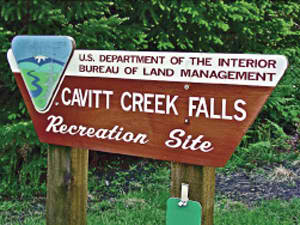
There are only 10 campsites here. The BLM warns that because of difficult access, motor-homes are discouraged…especially large ones, I assume. Regardless, Stan insists that he’ll “squeeze us in” and all will be fine. We’ll see, but one way or the other, even if we can’t park there, we’re going. We’re going to catch some wild salmon and have them on the grill within an hour after they left the water!
9. CAVITT CREEK FALLS, OREGON. We’re looking forward to seeing our friends from Sweetwater. There are lots of salmon in the creek. Therese and I love to cook. I love to eat. All of this is a winning combination as far as I’m concerned! From what I’ve read, this area is surrounded by forest land and is breathtakingly beautiful.
10. OREGON COAST AND MT. HOOD: We’ve driven our motor-homes up the Oregon Coast several times in the past…and loved every mile of the trip! It is a breathtakingly beautiful coastline. I often tell people that after stopping to view and photograph what you’re sure is the absolutely most spectacular coast view in the entire world, you find even a better one just a mile or so up the road! This pattern continues all the way to Astoria, at the extreme northwest corner of the state. So on this trip, until we need to “turn off” the coastline to head east toward Toutle to visit Florence’s brother in Washington state, we’ll repeat our visit to the coast. This time we’ll also take a look at Mt. Hood. It is located about 50 miles east-southeast of Portland. It is Oregon’s highest mountain, and in addition is one of the loftiest mountains in the entire nation. The peak is home to 12 named glaciers and snowfields. It is the highest point in Oregon and the fourth highest in the Cascade Range. Mount Hood is considered the one Oregon volcano most likely to erupt.
11. MT. ST. HELENS, WASHINGTON: Florence’s brother and his wife live in a home they recently built in Toutle, Washington. It’s close to Mt. St. Helens, which erupted in 1980 in the most destructive volcanic event in the history of the United States. Fifty seven people were killed and the landscape destruction was devastating. A national monument has been built there, in order to provide a venue for scientists to study the event. On a lighter note, my brother-in-law’s home is absolutely beautiful, to a degree because the property is pristine forest…Christmas card beautiful forest, reindeer and all! We’re looking forward to spending time there and then exploring the entire state. Then we’ll head across the country to the East Coast.
12. EASTERN SEABOARD, FRESH MAINE LOBSTER, NEW ENGLAND FALL FOLIAGE AND…
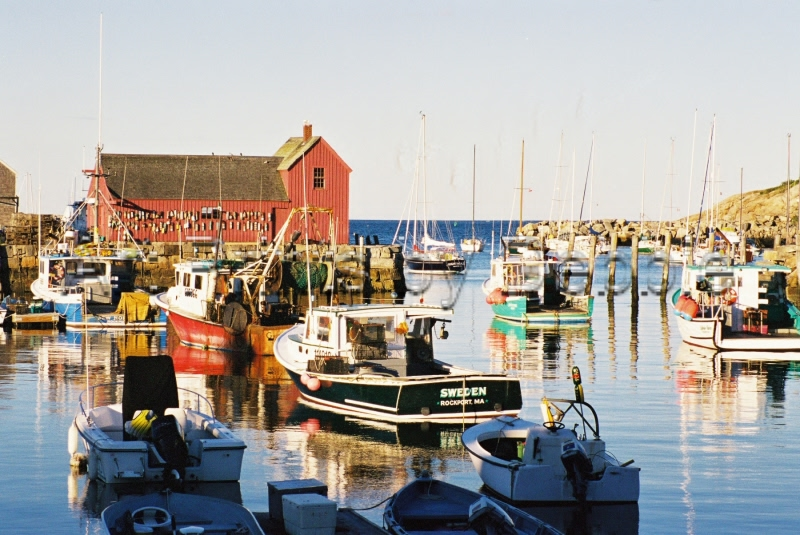
Rockport, Maine. I have a friend whose brother-in law is a lobster fisherman here. I get to go fishing with him one day if I can wake up early enough. I wouldn’t miss it for the world! Another “Interesting American.”


